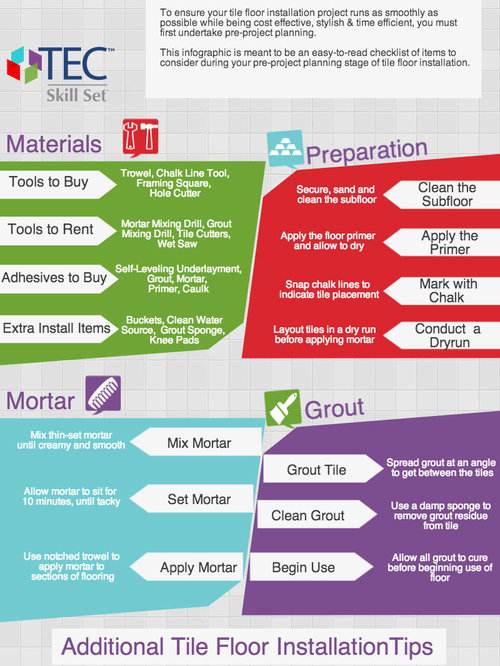How To Budget For Your Floor Covering Project: A Practical Guide
How To Budget For Your Floor Covering Project: A Practical Guide
Blog Article
Web Content Writer-Proctor Hvidberg
When you're intending a flooring task, budgeting isn't practically choosing a number; it has to do with recognizing what you really require and the costs entailed. You'll intend to examine your certain demands, study numerous products, and expect unforeseen costs. Think about how factors like space purpose and installment techniques can affect your budget plan. Yet before you enter, there are some crucial details you might neglect that might significantly impact your general expenses. Allow's discover how to navigate these complexities and ensure your job stays on track.
Assessing Your Flooring Requirements
Prior to diving into your floor covering task, it's crucial to assess your floor covering needs. Start by taking into consideration the certain areas where you intend to install new floor covering. Think about the objective of each space. For instance, kitchens and bathrooms call for water-resistant materials, while living areas may take advantage of convenience and aesthetics.
Next off, review the existing conditions of your floors. Are there any architectural problems, such as unequal surfaces or dampness issues? Resolving these issues early can save you money and time down the line.
Additionally, remember of the measurements of each room to identify just how much flooring you'll require.
Don't neglect to consider your way of living. If you have pets or young youngsters, resilience might be your top priority, while a more official area may ask for an extravagant coating. Furthermore, think about your style preferences. Do you choose a timeless appearance, or are you attracted to modern-day designs?
Finally, be realistic regarding just how much maintenance you want to dedicate to. Some materials call for more upkeep than others. By understanding your needs clearly, you'll be better outfitted to make educated choices as you progress with your floor covering job.
Estimating Costs and Products
Estimating prices and materials is an essential step in your floor covering job that can dramatically affect your overall budget. Start by gauging your space properly to identify just how much floor covering you'll need. For many products, you'll find rates by square foot, so gather quotes from various suppliers to obtain a practical number.
Next off, think about the kind of floor covering you desire. Alternatives like wood, laminate, tile, or carpeting all come with different cost factors. Study the expenses for each and every and factor in any type of added products like underlayment, adhesive, or transition strips.
Don't forget to include tools if you're planning a DIY setup, as renting or buying devices can include in your expenses.
Labor costs are another crucial consideration. If you're employing professionals, obtain price quotes from numerous professionals to guarantee you're getting a reasonable cost. Be clear about the scope of work to stay clear of unanticipated costs later.
Lastly, Read Home 's a good idea to allot a little percentage of your allocate any type of unanticipated costs associated with materials. By completely estimating residential garage floor coating salt lake city and materials in advance, you'll establish yourself up for a smoother and extra manageable floor covering job.
Planning for Hidden Expenses
Numerous property owners neglect the covert costs that can emerge throughout a flooring task, which can lead to budget plan overruns. To avoid this, you require to plan for possible additional costs.
Initially, consider the problem of your existing subfloor. If it's harmed or uneven, you'll likely require repair services or leveling, which can include substantially to your general expenditure.
Next off, think about elimination and disposal fees for your old flooring. Numerous specialists charge additional for this service, so element that into your spending plan.
In addition, don't forget about the costs of underlayment, which might not be included in the preliminary quote but are essential for a successful installment.
You must likewise get ready for unforeseen complications, such as pipes or electric work if your floor covering project entails moving fixtures. It's a good idea to set aside a minimum of 10-15% of your complete budget for these unexpected costs.
Last but not least, remember that permits may be needed for sure installations. Always check neighborhood policies to prevent fines or hold-ups.
Verdict
In conclusion, budgeting for your floor covering job is necessary for an effective end result. By assessing your demands, estimating prices, and planning for concealed expenses, you'll avoid surprises and stay on track. Bear in mind to set aside a part of your budget for unforeseen prices and maintain a thorough failure of your expenditures. With cautious planning and consideration, you'll create a beautiful space that satisfies your demands without breaking the financial institution. Pleased concrete floor coating contractors near me !
